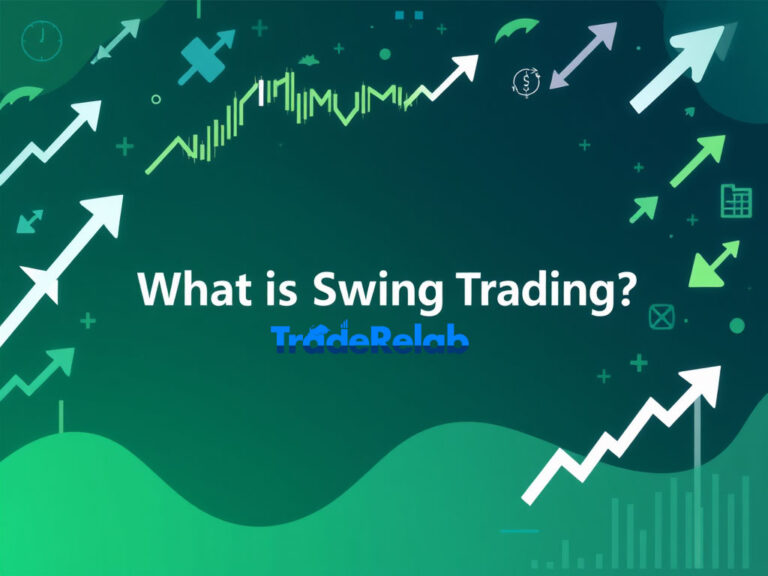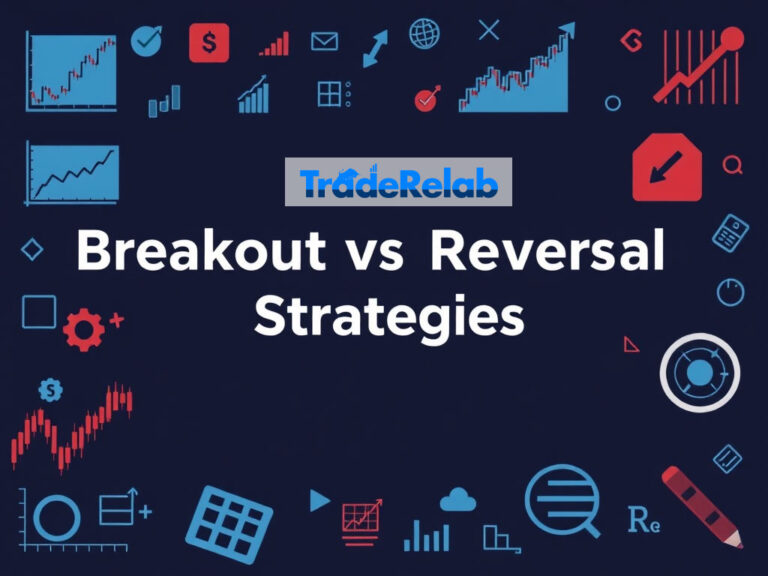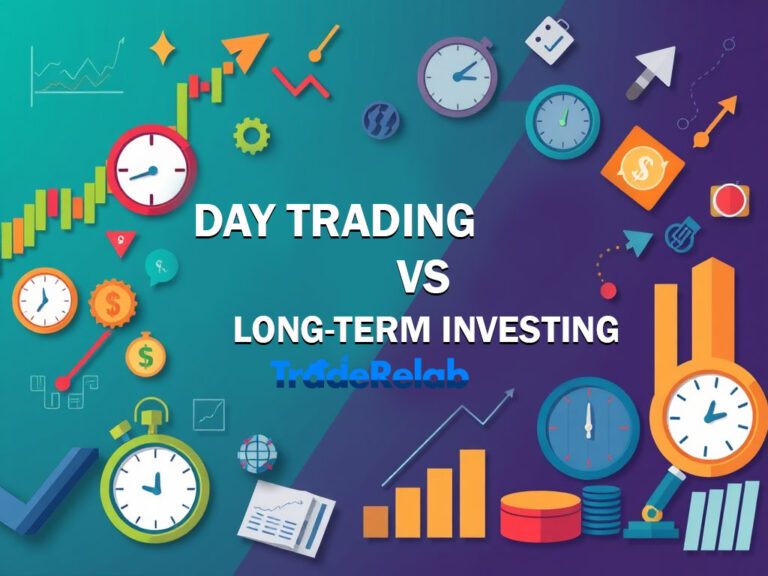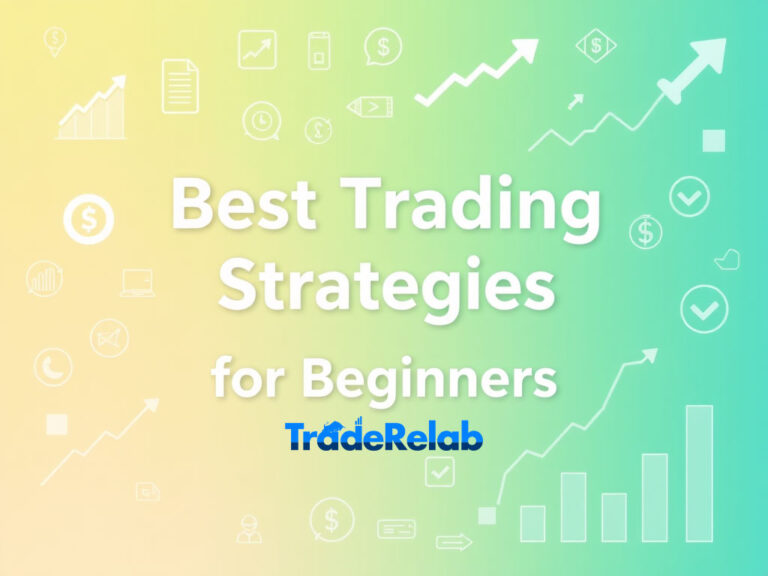Understanding Scalping: A High-Speed Trading Strategy

Scalping is a trading strategy that involves making multiple small trades within a very short time frame to profit from minor price movements. It’s considered one of the fastest and most aggressive trading methods, requiring traders to execute decisions rapidly and maintain a strict focus. While scalping can be highly profitable, it also comes with substantial risks, demanding discipline, skill, and the ability to manage fast-paced situations effectively.
In this article, we will explore what scalping is, how it works, the benefits and risks, and how to get started with this high-speed trading strategy.

What is Scalping?
Scalping is a short-term trading strategy in which traders attempt to make profits from small price movements in the market, typically holding positions for a few seconds to minutes. The goal of scalping is not to catch major trends but to capitalize on brief fluctuations in price. These small profits can add up quickly over time if executed properly.
Scalping can be done in any market that offers high liquidity, including stocks, forex, and commodities. However, it is especially popular in the forex market due to its 24-hour nature, low spreads, and high liquidity.
Key Features of Scalping:
- High Frequency of Trades: Scalpers place dozens or even hundreds of trades in a single day.
- Small Profit Margins: Each trade typically results in a small profit, but the cumulative effect of many trades can generate significant returns.
- Short Holding Period: Positions are held for a very short time, often just a few seconds or minutes.
- Low Time Frames: Scalping is generally done on lower timeframes, such as 1-minute or 5-minute charts.
- Focus on Liquidity: Scalpers prefer to trade in markets with high liquidity, ensuring they can enter and exit trades quickly without large slippage.
How Does Scalping Work?
Scalping works by taking advantage of small price movements that occur due to market noise, economic data, or events. The key to successful scalping is identifying these small movements and acting quickly to profit from them.
Scalpers often rely on technical indicators and chart patterns to make trading decisions. Some commonly used tools for scalping include:
- Moving Averages: Traders use moving averages to identify trends and determine entry and exit points.
- RSI (Relative Strength Index): The RSI helps identify overbought or oversold conditions in the market, signaling potential reversal points.
- Bollinger Bands: These bands can help identify price volatility and potential breakouts or reversals.
- MACD (Moving Average Convergence Divergence): MACD can provide signals based on trend strength and momentum.
- Support and Resistance Levels: These levels help scalpers identify key price points where the market might reverse or experience a pause.
The main objective is to enter the market at the right moment, make a small profit, and exit quickly before the price reverses. Scalpers often use high leverage to increase their potential returns due to the small profit margins on each trade.
Types of Scalping Strategies
There are different types of scalping strategies that traders may use, depending on their preferences, market conditions, and tools available.
1. Market Making
Market making involves placing buy and sell orders around the current market price to profit from the spread (the difference between the bid and ask price). A market maker looks to buy at a lower price and sell at a higher price, taking advantage of small price movements in the market.
2. Trend Following
Trend-following scalpers attempt to capitalize on short-term trends within the market. They use technical indicators like moving averages to identify the direction of the trend and make quick trades in the same direction.
3. Range Scalping
Range scalping involves buying at support levels and selling at resistance levels. Traders using this strategy typically trade within a well-defined range, expecting the price to bounce back between these levels.
4. News Scalping
News scalpers capitalize on the volatility that news events bring to the markets. By reacting quickly to economic announcements or geopolitical events, they can profit from the sharp price moves that typically follow.

Advantages of Scalping
- Quick Profits: Scalping allows traders to take multiple trades during a day, potentially generating quick profits.
- Less Market Exposure: Since positions are held for a short time, scalpers are exposed to less market risk compared to long-term traders.
- High Leverage: Scalpers often use leverage to amplify small price movements, leading to higher returns.
- No Need for Major Price Trends: Scalpers don’t need to wait for large price movements to make a profit, which can be an advantage in sideways or choppy markets.
- Small Stop Losses: Because scalpers hold positions for a short time, their stop-loss levels are usually small, which can make risk management more manageable.
Disadvantages of Scalping
- High Transaction Costs: Since scalpers make numerous trades, they can accumulate high transaction costs, including spreads and commissions, which eat into profits.
- Requires Intense Focus: Scalping is a high-stress strategy that requires continuous monitoring of the market and quick decision-making. It can be mentally and physically exhausting.
- Risk of Overtrading: Scalpers can be prone to overtrading due to the fast-paced nature of the strategy, which can result in significant losses if not managed properly.
- Low Profit Margins: Since each trade generates a small profit, it takes a large number of successful trades to achieve significant returns. Even small losses can add up quickly if not carefully controlled.
- Requires Advanced Skills: Scalping requires a deep understanding of market dynamics, quick execution, and strong risk management skills.
How to Start Scalping
If you are interested in trying out scalping, here are some steps to help you get started:
1. Choose a Liquid Market
Scalping works best in markets with high liquidity. For example, the forex market, particularly the major currency pairs like EUR/USD or GBP/USD, is ideal for scalping due to its 24-hour availability and tight spreads.
2. Select the Right Timeframe
Scalpers typically use very short timeframes for their trades, such as 1-minute or 5-minute charts. The shorter the timeframe, the faster you can enter and exit trades. However, these charts may also be more volatile and prone to market noise, so be prepared for rapid decision-making.
3. Use the Right Tools
Scalpers rely on technical analysis and indicators to help identify entry and exit points. Make sure you have access to real-time data, fast charting tools, and a reliable trading platform that allows for quick order execution.
4. Develop a Scalping Strategy
Before you begin scalping, develop a clear strategy that includes risk management rules (such as stop-loss levels and position sizes), as well as entry and exit criteria. Practice with a demo account to refine your strategy without risking real money.
5. Risk Management
Scalping involves making many trades, so it’s essential to use good risk management practices. Only risk a small percentage of your capital on each trade, set stop-loss orders, and avoid overleveraging your positions.
6. Stay Calm and Focused
Scalping requires intense concentration and mental clarity. Always stay focused on your trades and avoid emotional decisions, which can lead to mistakes.
Conclusion
Scalping is a high-speed trading strategy that can be highly profitable if executed correctly, but it requires quick decision-making, strong technical analysis skills, and the ability to manage risk effectively. By focusing on small price movements and taking advantage of high liquidity markets, scalpers can make frequent profits. However, due to the high transaction costs and mental intensity involved, scalping is not for everyone. Traders should carefully evaluate whether this strategy suits their personality, trading style, and risk tolerance before diving in.
While scalping can be an exciting way to trade, success comes from the ability to remain disciplined and focused in a fast-paced environment. By developing a solid scalping strategy, practicing consistently, and managing risk, you can potentially benefit from this high-speed trading technique.
FAQ
1. Is scalping suitable for beginners?
Scalping is generally not recommended for beginners due to the fast-paced nature of the strategy and the need for advanced technical skills. Beginners may want to start with longer-term strategies before trying scalping.
2. How much capital do I need to start scalping?
The amount of capital you need depends on the market you’re trading, the leverage you use, and the size of your trades. A smaller account may be sufficient if you use leverage and trade with small position sizes.
3. What is the best time to scalp?
Scalping works best during periods of high market liquidity, such as during major trading sessions (e.g., London and New York sessions in the forex market). During these times, spreads tend to be tighter, and price movements are more predictable.
4. Can I scalp in any market?
Scalping is most effective in highly liquid markets, such as forex, stocks, and commodities. The higher the liquidity, the easier it is to enter and exit trades quickly without facing slippage.
5. How do I manage risk when scalping?
Risk management is crucial when scalping. Use stop-loss orders to limit losses, avoid overleveraging, and only risk a small percentage of your capital on each trade.






